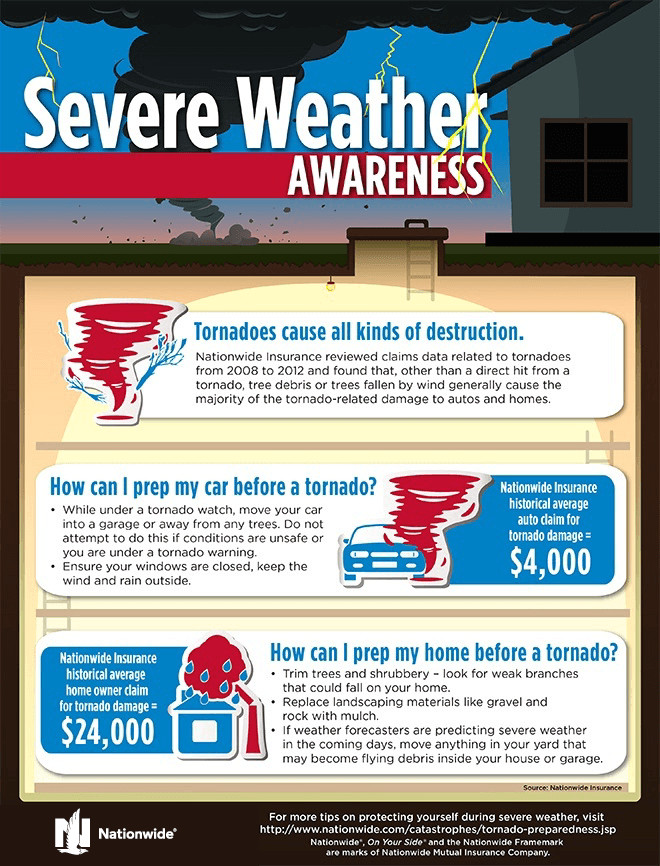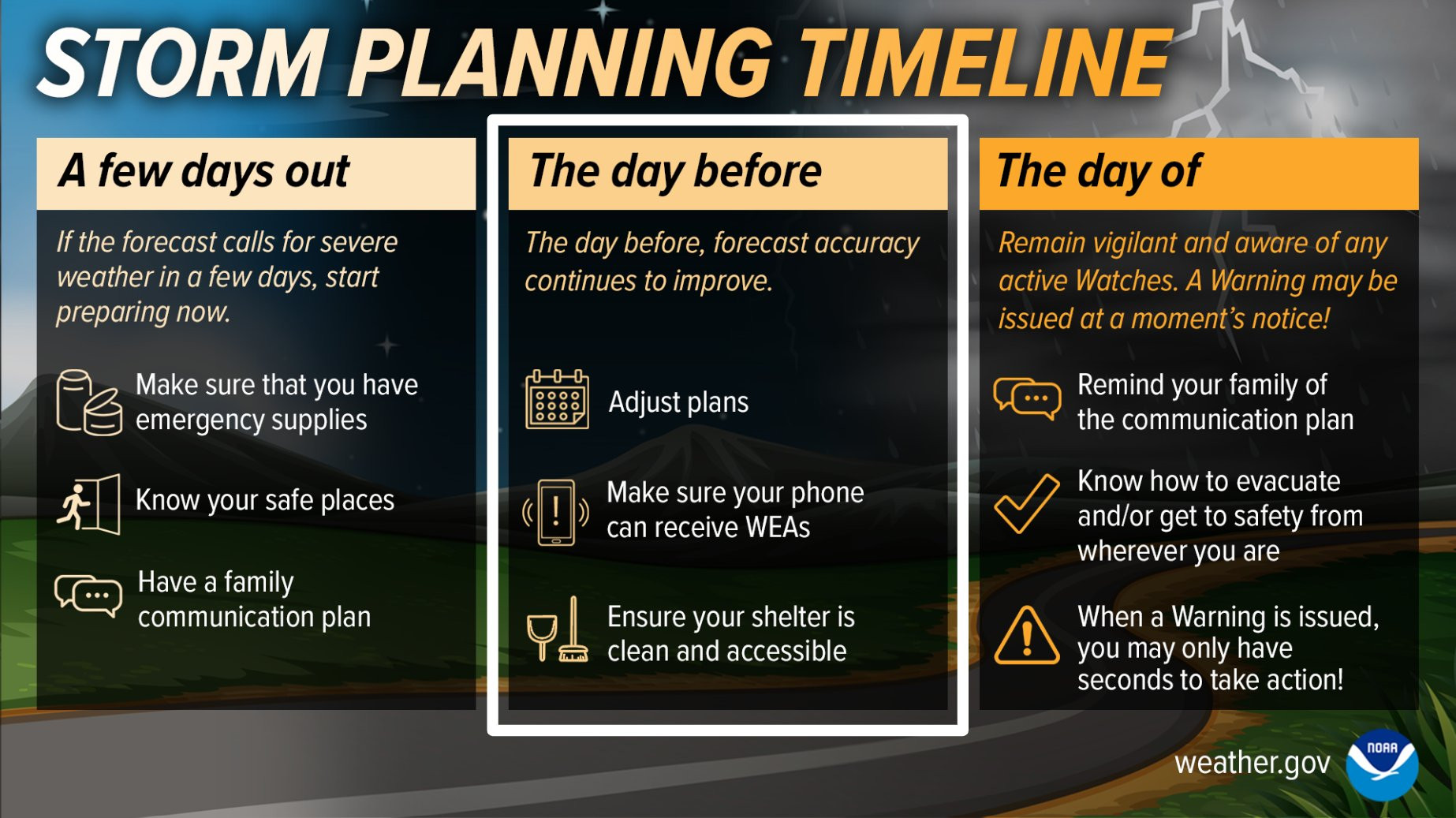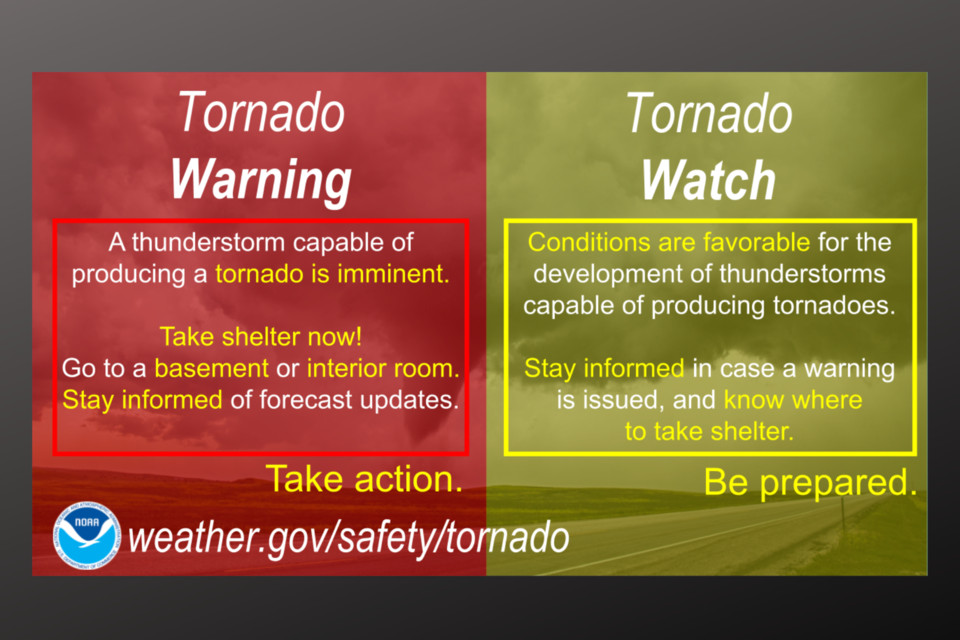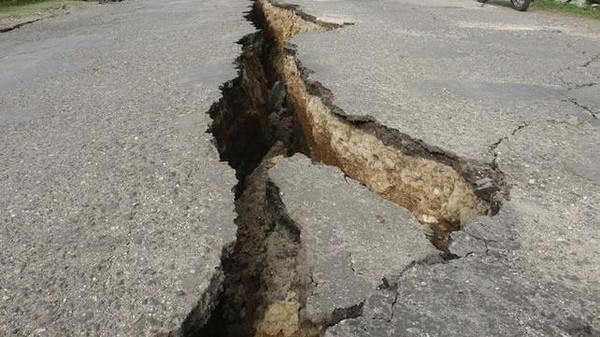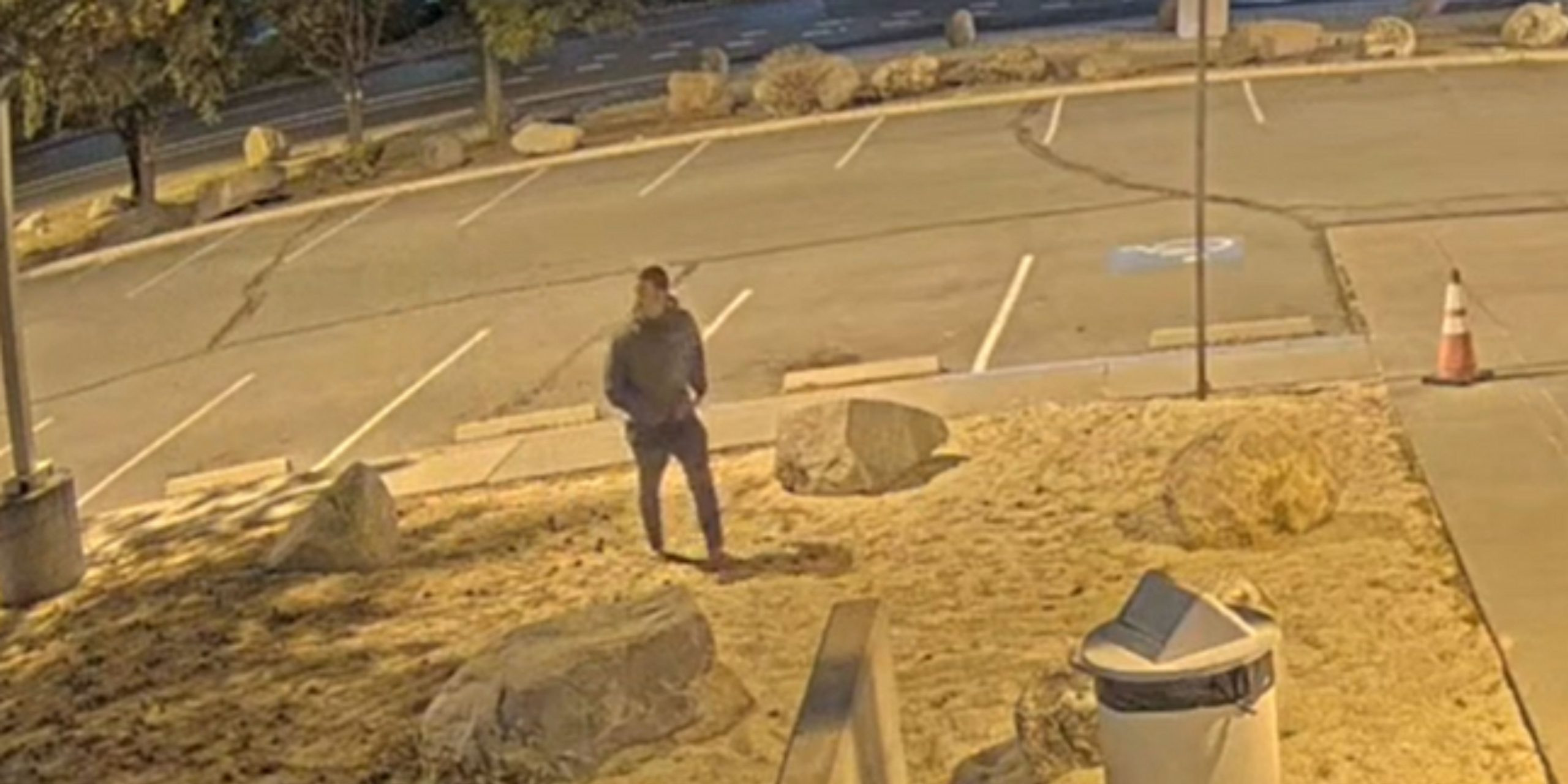Severe Weather Preparedness: Are You Ready for Tornadoes, Blizzards, and Floods?
The unpredictable nature of severe weather events like tornadoes, blizzards, and floods poses significant threats to life and property. Understanding the different types of weather alerts, recognizing the signs of impending danger, and knowing how to react are crucial for survival and minimizing damage. This guide provides essential information on severe weather preparedness, drawing from the expertise of Environment and Climate Change Canada.
Understanding Weather Advisories, Watches, and Warnings
It's critical to understand the distinctions between weather advisories, watches, and warnings. These terms, issued by Environment and Climate Change Canada, signify varying levels of weather severity and the urgency of action.
- Advisories and weather statements: These are used to describe weather events that may cause public concern, offering heads-up on deteriorating weather conditions. They may precede watches and warnings or indicate severe weather in longer-term forecasts.
- Watches: Watches signal the potential for severe weather. They alert the public to the possibility of severe weather developing, prompting preparation and monitoring of weather updates. For example, a tornado watch suggests favorable conditions for tornado formation, while a severe thunderstorm watch implies the potential for wind gusts over 90 km/h, hail exceeding 2 cm in diameter, or heavy rainfall exceeding 50 mm within an hour.
- Warnings: Warnings indicate that severe weather is happening or about to happen. Immediate action is required. A tornado warning signifies that a tornado has been sighted or is imminent, demanding immediate shelter. Similarly, a severe thunderstorm warning means that a thunderstorm exhibiting the conditions mentioned above has been observed on radar.
The information provided by Environment and Climate Change Canada is invaluable for preparing for and reacting to a range of severe weather events. Understanding the subtle but critical differences between advisories, watches, and warnings can be the difference between preparedness and panic.
Tornadoes: Understanding the Threat and Taking Precautions
Tornadoes, characterized by their high-velocity winds, are devastating. Ontario, averaging 13 tornadoes annually, primarily experiences these events between April and September, with peak occurrence in June, July, and August. These destructive forces often emerge in the mid-afternoon to early evening.
Environment and Climate Change Canada provides crucial warnings about tornadoes, though their unpredictable nature and high speeds (up to 70 km/hr) mean they can strike without warning. Typical warning signs include severe thunderstorms, dark skies, strong winds, heavy rain or hail, and occasionally an unusual green sky and a wind sound like a freight train. Funnel clouds frequently follow heavy rain or hail.
Tornado Safety Measures
When a tornado threatens, prioritize seeking shelter immediately. Safe shelter options include basements, interior rooms on the lowest level of a sturdy building, or a designated tornado shelter. If outside, seek a sturdy structure, a ditch, or lie flat in a low-lying area, covering your head.
In the event of a tornado strike, remember to:
- Stay informed through official channels.
- Prioritize safety and survival.
- Contact emergency services if needed.
Winter Weather Hazards: Blizzards, Snow Squalls, and Freezing Rain
Winter weather, with its freezing rain, ice pellets, snow squalls, white-outs, heavy snow, and high winds, can disrupt daily life and create dangerous conditions. Understanding these hazards and taking the necessary precautions is paramount.
Environment Canada issues winter storm watches 12 to 48 hours in advance, alerting us to the possibility of hazardous weather. A warning, issued with 12 to 14 hours' notice, indicates hazardous winter conditions are imminent or occurring.
Winter Weather Safety Tips
The safest course of action during severe winter weather is to avoid travel. However, if travel is unavoidable, carefully monitor Environment Canada’s forecasts and warnings. Check the weather conditions at your destination and along your route. Winter storms, blizzards (combinations of wind, cold, and hazardous conditions) and snow squalls (heavy snow, strong winds, reduced visibility near large lakes) require extra vigilance.
Always be prepared for the unexpected. Ensure your vehicle is equipped for winter travel, and always have an emergency kit in your car. Be aware of the signs of hypothermia and frostbite, and be sure to dress in warm layers. Don't forget to monitor forecasts and heed all warnings.
Flood Preparedness: Reducing Risk and Ensuring Safety
According to the Government of Canada, floods are the most frequent natural disaster in the country. Taking steps to reduce flood risk to your property and knowing what to do in a flood are essential.
Flood Prevention and Mitigation
Several measures can help prevent flooding. These include proper drainage, maintaining clean gutters, and avoiding construction in flood-prone areas. Knowing your flood risk and understanding evacuation routes are vital to preparedness. It is important to never enter your basement if there is water present near electrical outlets, baseboard heaters, furnaces, and/or electrical panels.
Flood Evacuation and Post-Flood Safety
In the event of a flood, prioritize evacuation if instructed by authorities. After the flood waters recede, take necessary steps to ensure safety, including checking for structural damage, avoiding contact with floodwater (which may be contaminated), and contacting the appropriate authorities for assistance.
Never underestimate the power of nature. By understanding the risks, taking preventative measures, and knowing how to react, we can increase our chances of surviving severe weather events and minimizing potential damage. Remember, staying informed through official sources is key to ensuring your safety and preparedness.
London’s Labatt Memorial Park, a testament to the city’s rich baseball history, stands as a symbol of resilience against the forces of nature. The city's infrastructure, including the Blackfriars Bridge, a historical landmark, continues to serve the community, having undergone careful restoration. London, known as “The Forest City,” showcases a beautiful blend of natural beauty and urban development. Preparing for severe weather allows the continuation of this legacy.




